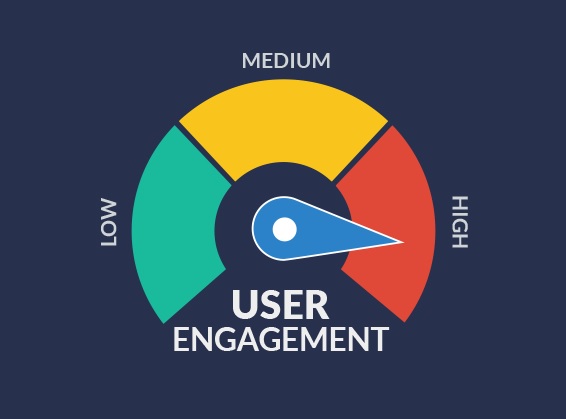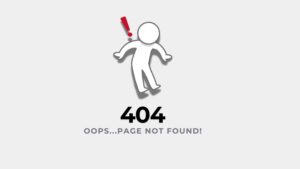If you are new to the entire SEO scene, when confronted with declining traffic, you could have one of the two types of responses. One is, you can feel excitement because you might want to experiment with your ideas and put them to good use the best you can. Secondly, you could be overwhelmed with fear, thinking that your site’s traffic will continuously plummet until your business completely fails. You could also feel both – initial excitement, closely followed by fear. You could be excited to put your ideas into action, at the same time, you’d feel that gnawing apprehension that it might not work.
Regardless of how you want to deal with the situation, or whatever rollercoaster of emotions you may be having because of your site’s declining traffic, it is important that you make it a point to understand why it’s happening. When you know WHY your site’s organic traffic is declining, it is easier to find the right solution to correct the problem quickly. You could already have your suspicions about why the traffic is decreasing, such as recent web design revamp that went wrong or increased aggressive competitors ranking for the same keywords and so on. The problem basically could either be related to optimization issues or tracking issues that has somewhat escaped your watch.
How To Investigate This Matter
There are many approaches to determining the root of your traffic issue. You can start your investigation using these five different starting points. First, it will be good to start with the keyword ranking differences. If there has been a drastic change in ranking recently, this could have a huge impact on your SERP ranking and would hugely affect your site traffic numbers. You can also investigate the leading landing pages in the recent years. If there has been a lot of decline in the ranking of your landing pages, this could tell you a lot of things. For instance, the ranking for your landing pages may exhibit a lot of decline during the recent years due to site redesign, migration and so on. You should also check out your on-page metrics. If your site speed, bounce rate, page views and other metrics show a significant decrease, you can definitely expect your site traffic to closely follow.
Ask yourself, have you been consistently reaching your site goals? Another angle to view this from is your conversion rate. Has it stayed consistent despite the plummeting traffic, or are they falling together? Let’s discuss some of these points of investigation more in detail below.
Comparing Your Keyword Ranking In Recent Years

This is really the basic point to start your investigation. It is a no-brainer that when traffic declines, so does the keyword ranking. If you have compiled data from around three years back, it would really be useful to pull that out to compare the numbers. If there are differences in keyword rankings, you’d be able to spot it right away for sure. Even if you don’t have this data stored away, you can just use trusted online tools to pull that data up and export it to a file that you can easily study. You can narrow it down if you have too many keywords to work with. Once you narrow it down, you’d be able to check the changes in a more detailed manner. You can easily see some issues that stand out. You might not be trying to rank for the keywords you were trying to rank for in 2015, so it naturally causes issues in terms of keyword rankings.
Changes in Your Landing Pages
If in the recent years you have enjoyed good rankings for your landing pages, you might want to reassess your current site situation. Changes in the performance of your organic landing pages could attribute to a significant decline in traffic. Possible reasons would be major changes in your website, in terms of content, structure, and design. You can compare the performance of your landing pages in the past three years. If your site has changed a lot, albeit gradually, you may not have noticed the impact of those changes on how your landing pages are doing. If you encounter this problem, you can use tools that allow you to check how your site looked in the past years. This will show you what’s missing and what could be affecting your landing pages’ performance.
Changes in the Engagement Metrics on Your Page

If you cannot completely conclude the root of your traffic decline issue by checking your keyword and landing pages, your on-page engagement metrics might provide you with a more definitive answer. The metrics that you should pay attention to include the views, time spent on site, bounce rate and many others. It can be expected that your metrics will vary slightly, with very mild fluctuations if there aren’t any issues. However, very obvious changes such as a decline of as much as 20% or more should set your alarms ringing.
Understanding, Analyzing and Comparing Conversion Numbers
Investigating, Understanding, Analyzing and comparing your conversion numbers is the ultimate step in finding the cause of the drop in your site traffic. You can use Google Analytics for this. With Google Analytics, you can compare your goal completion and your goal completion conversion rates. It is important to focus on the on-site conversion through your contact us form and use it as your basis for your data.
Knowing how a decline in traffic and what you can do about it is important but knowing what caused it in the first place is crucial. Once you determine what caused your traffic to plummet like that, you can actively avoid the same scenario in the future. Even if you correct your site issues, if you don’t know what caused such issues, it’s bound to reappear again in the future. Understanding why your traffic on your site declined will give you an insight into the right solution and help you keep history from repeating itself, cutting your traffic issue right at the bud.









